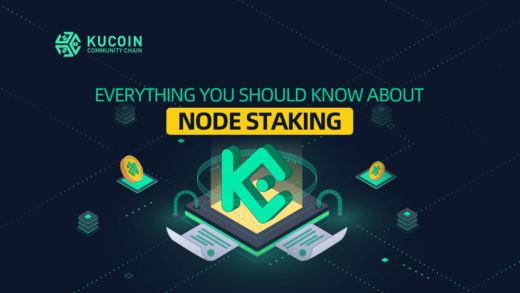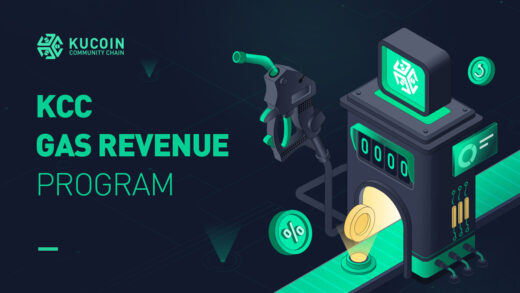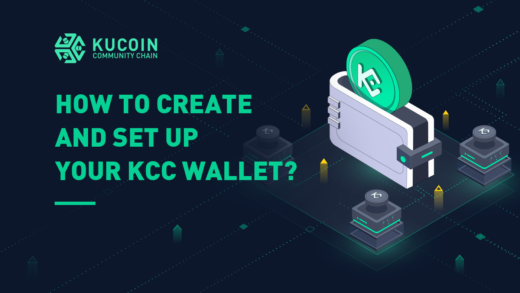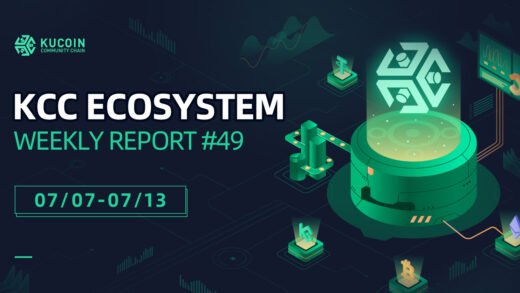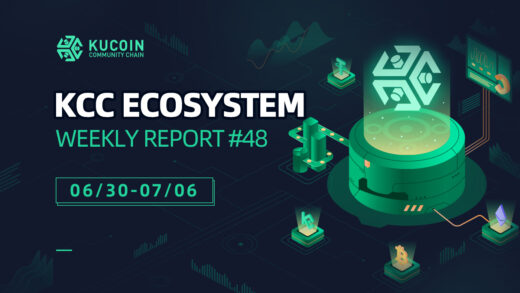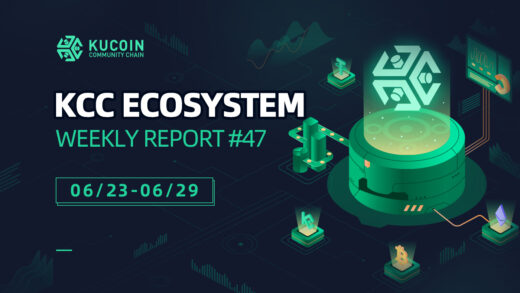There are still a lot of people who do not understand crypto wallets that store blockchain assets, especially crypto terms such as address, public key, password, private key, seed phrase, KeyStore, etc. They make users confused. However, if you do not figure out these terms and concepts, it is likely to cause the loss of blockchain assets.
Today, we will explain these terms and concepts that make people confused.
1. Public Key = Bank Account and Wallet Address = Bank Card Number
The “public key” is like your bank account, and the “wallet address” is like your bank card number.
Take an Ethereum wallet as an example. When you create an Ethereum wallet, a string starting with “0x” will be generated and this string is the wallet address.
A wallet address match with a public key, just like a bank gives you a bank card number after opening an account.
The primary purpose of the wallet address is to receive money, and it can also be used as proof of transferring money. Just like when someone transfers money to you, you need to tell them your bank card number.
2. Password = Bank card PIN
When you create a wallet, you need to set your own “password”, which usually requires at least 8 characters. For security reasons, it is best to set a more complex password.
The password has two purposes: Firstly, you need to enter the password when transferring money, like you use the bank card in a bank; Secondly, you need to enter the password when importing your wallet by KeyStore.
This password can be changed or reset. After entering the old password, you can directly change the password; however, if you forget the old password, you can use the private key or seed phrase to import the wallet and set a new password.
In the real world, a bank card only corresponds to one password. And if you change the old password and set up a new one, the old password will be invalid. However, in the blockchain world, a wallet can match different passwords on different phones, which are independent of each other.
3. Private Key = Bank Card Number + Bank Card PIN
Once you have created your wallet, you can export your private key by entering your password. The private key is a string of 64 characters, although some wallets use different encodings and the number of characters may be less. A wallet address has only one private key and cannot be modified.
If you enter the private key and set a new password ( no need to enter the old password), you can access the wallet and transfer the coins from it.
Therefore, the private key is equal to a combination of the bank card number and bank card PIN, which is very important and must be kept in a safe place.
4. Seed phrase = Private key = Bank Card Number + Bank Card PIN
As mentioned above, the private key consists of a 64-bit string, so it is easy to copy it incorrectly. Hence, users need a seed phrase that is a group of random words generated by your crypto wallet when you first set it up, and it’s incredibly important to keep a record of these words.
It consists of 12 words with a space between each word. Like the private key, a wallet has only one set of the seed phrase and it cannot be modified.
The seed phrase and private key have the same function: by entering the seed phrase and setting a new password (without entering the old password), you can access the wallet and transfer the coins from it.
The seed phrase only appears once when you create the wallet, so it is important to write it down and keep it in a safe place.
5. KeyStore + Password = Private Key
There is a function in your wallet to back up your KeyStore. When you enter the password, you will get a long string of codes, which is the KeyStore.
When you want to import the wallet, you have to enter the KeyStore and the password to access it. It is different from importing the wallet by the private key or seed phrase which is used to reset the password without the old password.
However, the KeyStore can be seen as an encrypted private key. It changes with the password of the wallet.
It is noted that when you use the KeyStore to import a wallet, you should enter a relevant password that is the same as the one when you back up your Keystore.
Summary
In the real world, if you lose your bank card or forget your PIN, you can go to the bank and get it back. Your money will not be lost. That is the advantage of centralization.
But in the blockchain world, if you lose your wallet information, no one can retrieve it for you. Therefore, as long as you protect your wallet information, the assets inside your wallet belong to you only, no one can take them away, which is the advantage of decentralisation.
This is a community post written by Stephen Josh and published on https://news.kcc.io
Source:https://mp.weixin.qq.com/s/MgqAGa1Gj4oB2lmv5lpzBg

